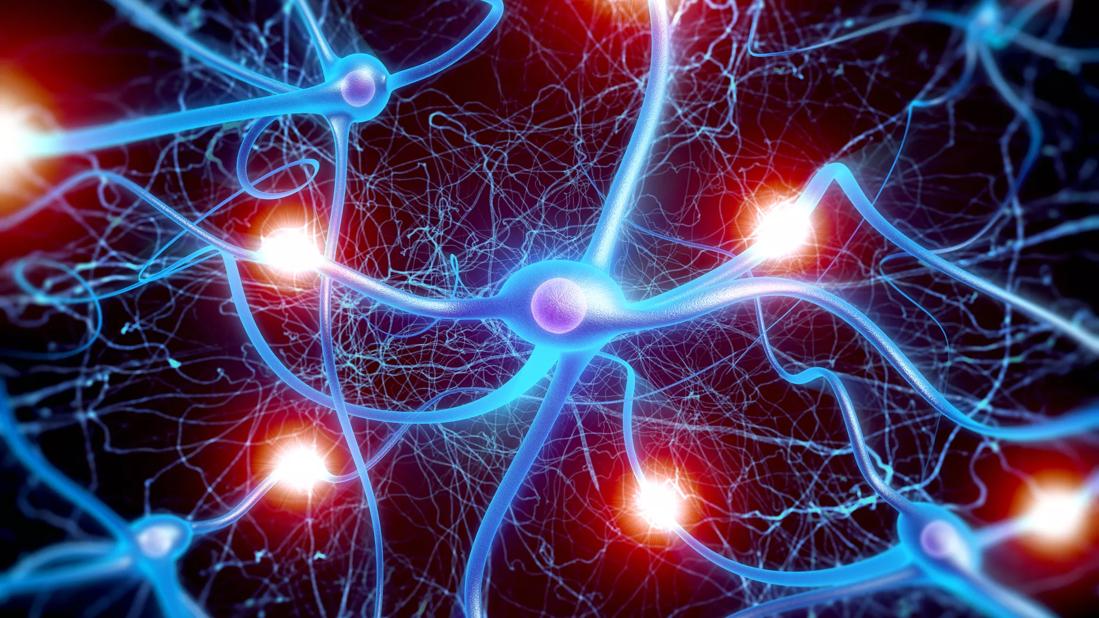Noninvasive TMS may work when antidepressants don’t

Most people with anxiety and depression feel better with prescribed treatment, but unfortunately, about 30% still can’t seem to shake off the mood swings, sadness and hopelessness. This is especially true if you respond poorly — or don’t respond at all — to antidepressants.
Advertisement
Cleveland Clinic is a non-profit academic medical center. Advertising on our site helps support our mission. We do not endorse non-Cleveland Clinic products or services. Policy
For those with treatment-resistant depression, a noninvasive treatment called transcranial magnetic stimulation (TMS), offers hope.
“This option can bring relief when other treatments for depression fail,” says psychiatrist Murat Altinay, MD.
U.S. Food and Drug Administration (FDA)-approved since 2008, TMS uses a magnetic field — similar to that used in magnetic resonance imaging (MRI) — to stimulate your brain’s dorsolateral prefrontal cortex, which plays a key role in mood.
“Increasing the activity of neurons in this area lessens depression,” Dr. Altinay explains. Having your brain stimulated by a magnetic field may sound a bit scary, but the experience isn’t painful or harmful.
“The typical TMS session lasts about 30 to 40 minutes,” he says. “During the session, patients are fully awake and sitting in a comfortable chair.”
Here’s what goes down during a TMS session:
Advertisement
Throughout treatment, you’re fully aware of what’s going on. You can speak, read or even nap. “After treatment, you can resume your daily activities immediately without restrictions,” he adds.
One drawback of TMS is that it’s time-consuming, at least in the beginning. During the first phase, you’ll likely receive treatment every weekday for six weeks (about 30 times).
During the second (maintenance) phase, your provider tailors the frequency to meet your needs. You may get treatments every other week, monthly or every two months. The frequency gradually decreases over time.
Research shows that regular maintenance with TMS helps prevent recurrence and reduces the symptoms of depression when it rears its ugly head in the future.
TMS has relatively few side effects. “The most frequent side effect is headache, but not everybody experiences that,” clarifies Dr. Altinay. If you do get headaches, taking Advil® or Tylenol® before treatments can help.
If you have a seizure disorder, discuss options with your provider before undergoing TMS. “Having a seizure disorder would prevent a patient from being the best candidate for TMS, but some literature suggests that if a seizure disorder is well-controlled with anti-epileptic drugs, TMS might still be an option,” says Dr. Altinay.
TMS is available to adults 18 and older.
“TMS mainly targets those who don’t respond adequately to at least one round of antidepressants or who are completely medication-resistant,” adds Dr. Altinay. TMS also can be offered if antidepressants cause severe reactions or side effects, or worsen other health issues. However, TMS isn’t recommended for anyone with a:
You may have heard of another treatment for medication-resistant depression called electroconvulsive therapy (ECT), inaccurately referred to as “shock therapy.”
While TMS and ECT share similarities, TMS offers several advantages:
Advertisement
Only a limited number of healthcare providers offer TMS as a depression treatment option, so it may take some research to find a solution near you. “It’s also important to note that not all health insurance companies will pay for TMS,” Dr. Altinay says.
But this option does offer hope for those who’ve struggled to find relief from depression through traditional avenues.
Advertisement
Learn more about our editorial process.
Advertisement

Alcohol is a depressant and can interfere with your sleep, mood and more

Major life events and trying times can trigger reactive depression symptoms, like prolonged sadness, irritability and hopelessness

Slight increases are somewhat common from either the medication or changed habits

Some medications may result in a few lost pounds, but weight gain is far more common

The medications target different chemicals in your brain to improve mood

Both medications are first-line treatments for depression and other mood disorders

Sitting near a light box for about half an hour a day can help treat this form of fall/winter depression

Light therapy can boost sleep and help fight depression

Start having sex about 72 hours before ovulation, then at least every other day during your fertile window

Attachment theory suggests that your earliest relationships shape connections throughout your life

It isn’t a recognized mental health disorder, but research shows that problematic social media use can negatively affect your mental health, self-esteem and sleep